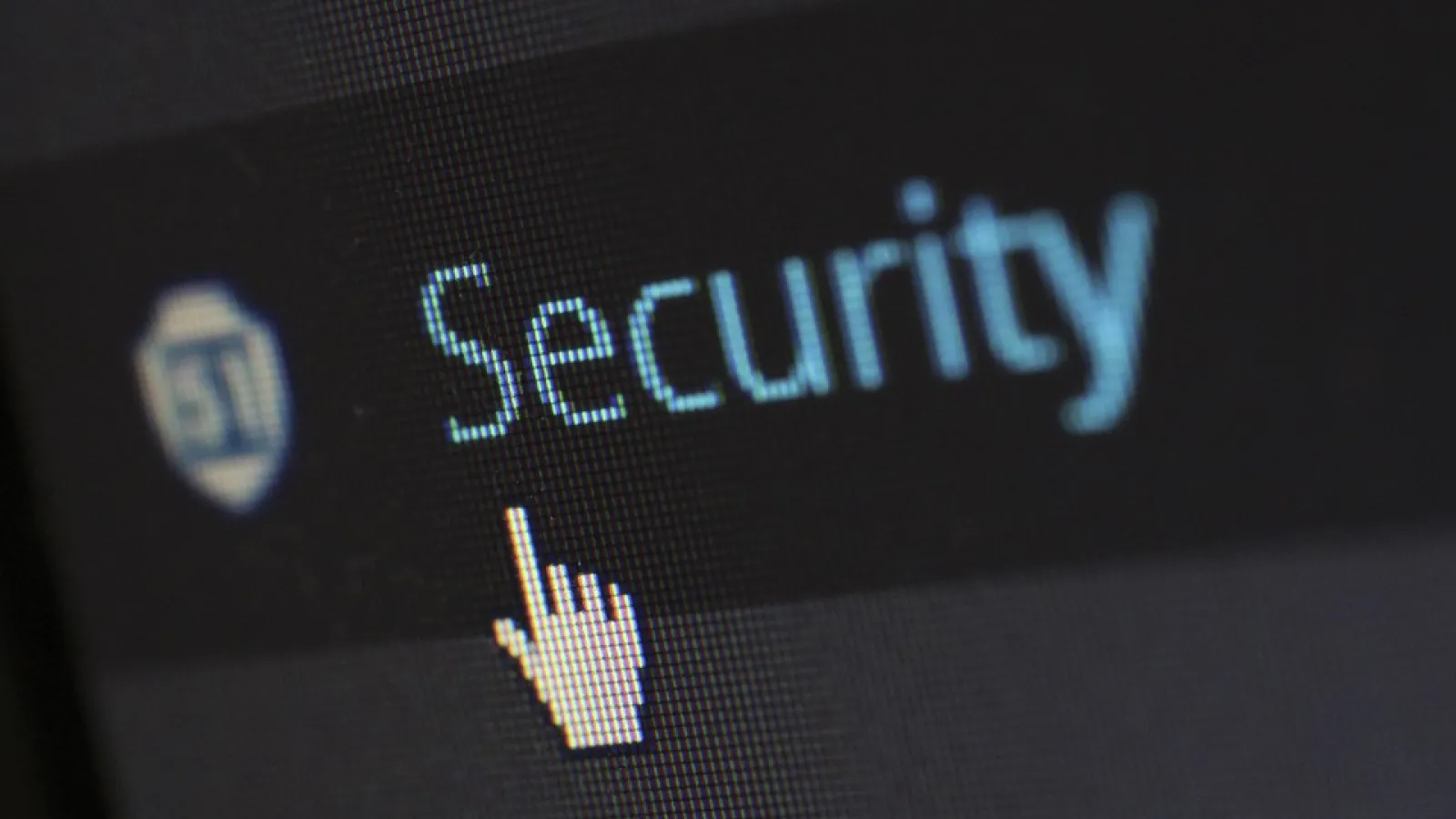The last few months have been quite challenging for media & publishing enterprises dealing with EU’s new data privacy law - GDPR and Drupal highly critical vulnerability - DrupalGeddon 2.
On 28 March, Drupal announced the alerts about DrupalGeddon 2 (SA-CORE-2018-002 / CVE-2018-7600) - which was later patched by the security team. The vulnerability was potential enough to affect the vast majority of Drupal 6, 7 and 8 websites.
Earlier in October 2014, Drupal faced similar vulnerability - tagged as DrupalGeddon. At that time, the security patch was released within seven hours of the critical security update.
So here the question is - how vulnerable is Drupal?
Just like any other major framework out there, there exists security danger on Drupal as well. However, Drupal is a more secure platform when compared to its peers. Learn more about “safety concerns in an e-commerce site and how Drupal is addressing it”.
In short, we can’t specify exactly how vulnerable is Drupal as it entirely depends on the context. Possibly, you will find the answer to this question in one of our previous post where we talked about “Drupal Security Advisor Data”.
Implement these measures to secure your Drupal website
1. Upgrade to the latest version of Drupal
Whether it is your operating system, antivirus or Drupal itself, running the latest version is always suggested. And this is the least you can and should do to protect your website.
The updates not only bring new features but also enhances security. Further, you should also keep updating modules as it is most often the cause of misery. It's always recommended to check for the update report and keep updating at regular interval. The latest version is Drupal 8.3.1.
Note that it is older versions of CMS that hackers usually target as they are more vulnerable.
2. Remove unnecessary modules
Agreed that the modules play a critical role in enhancing user experience. However, you should be wary of downloading as it increases vulnerability. Also, ensure that the module has a sizable number of downloads.
In case even if some vulnerability occurs, it will be resolved quickly by the community as it can affect a major chunk of companies/individuals. Furthermore, you can remove/uncheck the unused modules or completely uninstall it.
3. Practice strong user management
In a typical organization, several individuals require access to the website to manage different areas within it. These users are potential enough to be a reason for security breach so it is important to keep control of their permissions.
Give limited access to the site, instead of giving access to the whole site by default. And when the user leaves the organization they should be promptly removed from the administrator list to eliminate any unnecessary risk. Read on for a quick review “managing user roles & permission in Drupal 8”.
4. Choose a proper hosting provider
It's always a dilemma to figure out - which hosting provider should we trust for our website? Not to mention hosting provider plays a key role in ensuring the security of the website. Look for a hosting provider, which offers a security-first Drupal hosting solution with all the server side security measure like SSL.
5. Enable HTTPS
As a core member of the development team/business owner/decision makers, it's your responsibility to take the ownership of the security of your enterprise website.
Consider performing a check for common vulnerabilities at regular interval as it will allow you to make quick work of those holes by following the prompts. Here is what Drupal experts have to say about "securing users private data from unauthorized access".
6. Backup regularly
Plan for the worst. Keep your codebase and database handy. There can be a number of reasons, both accidental and intentional, that can destroy your hard work. Here is the list of reasons why you should regularly backup your website.
- General safety
- The original version of your site has aged
- Respond quickly if your site is hacked
- Updates went wrong
To sum up, you need to follow the above-mentioned steps in order to secure your Drupal website. Also, reporting a security breach to the Drupal community can be an effective way to patch the issue and seek help from the community to avoid massive risk.
Now go ahead and secure your Drupal website!


